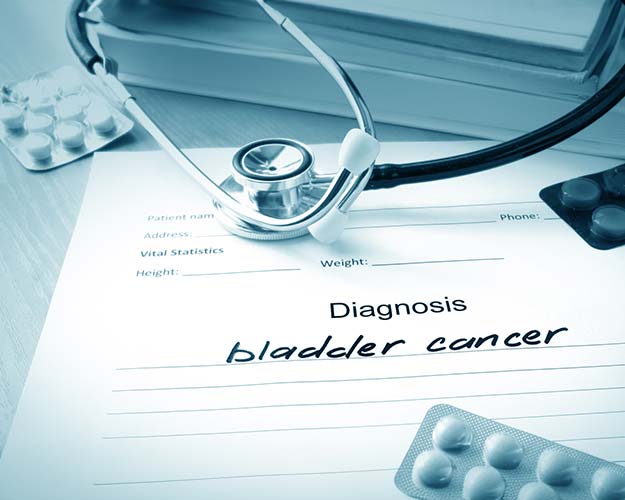What to do if you have blood in your urine

Don’t Delay, Seek Out Health Care
Bladder cancer is a significant health concern in the U.S., and there are some interesting gender differences to be aware of.
Bladder cancer mainly affects adults over 55, with the highest rates in those ages 65–74. It is the third most diagnosed cancer in U.S. men, who are three to four times more likely than women to develop it, due to a mix of biological, behavioral and environmental factors. Lifetime risk is about 1 in 28 for men and 1 in 91 for women.
However, women in the U.S. often experience delays in being diagnosed with the disease. Studies show that nearly 70% of women are initially diagnosed with another condition, compared to only 39% of men.
According to Elizabeth Guancial, MD, board-certified medical oncologist and hematologist with Florida Cancer Specialists & Research Institute (FCS), these delays can result in more advanced disease at the time of diagnosis and poorer outcomes for women.
Contact Us
Warning Signs & Symptoms
There can be many warning signs of bladder cancer and the most common include:
- Blood in the urine, which may cause the urine to appear bright red or cola-colored
- Frequent urination or a strong and sudden urge to urinate, even when the bladder is not full
- Discomfort or pain while urinating
- Pain in the pelvic area, lower back or sides
- Loss of bladder control, leading to involuntary leakage of urine
Blood in the urine is the most common and often the first very visible warning sign of bladder cancer.
“For a man to have blood in his urine, that’s abnormal,” said Dr. Guancial, noting that primary care physicians will often check for prostatitis, an inflammation of the prostate gland, or for urinary tract infection in men, and then refer promptly to a urologist.
“With women, it takes longer,” said Dr. Guancial. “They may go through multiple courses of antibiotics thinking, “Oh, it’s a urinary tract infection that’s hard to treat. Maybe it’s related to vaginal or postmenopausal bleeding.” Sometimes they’ll even see a gynecologist before they eventually get to a urologist.”
Why is early detection important? When symptoms aren’t clearing up quickly, referral to a urologist is really important. Dr. Guancial explains: “When patients do get to us earlier on, once a cancer diagnosis has been made, very often they have an earlier stage of disease, and so it opens up a lot more treatment options. And it’s also associated with better outcomes. Any delay in that initial workup, I definitely think contributes to the disparity that we see in terms of gender outcome.”
Bladder Cancer Basics
The bladder is a hollow organ in the lower pelvis that stores urine. When a person urinates, the bladder’s muscle walls contract, pushing urine out through the urethra. The bladder wall is made up of several layers of cells, and when the DNA in these cells changes, it can cause uncontrolled cell growth, leading to the formation of tumors.
Bladder cancer comes in several types, with urothelial carcinoma being the most common. This type begins in the cells lining the inside of the bladder and is often non-muscle invasive, meaning it stays in the bladder’s inner layer. Less common types include squamous cell carcinoma and adenocarcinoma, which originates in glandular cells. When found in early stages, bladder cancer is highly treatable and potentially curable.

Who’s at Higher Risk?
Research has shown that smoking causes about half of all bladder cancers in both men and women, due to the harmful chemicals that can accumulate and damage the bladder lining. Exposure to certain industrial chemicals, such as dyes, rubber and leather, previous radiation aimed at the pelvis or treatment with certain anti-cancer drugs, as well as chronic urinary tract inflammation or infections can increase risk. As with many forms of cancer, family history can play a role.

Importance of Awareness
It’s crucial for women and men to pay attention to their bodies and recognize that blood in the urine should be promptly evaluated. See your medical doctor if you experience this or other symptoms, which can also indicate other non-cancerous conditions. Early and accurate diagnosis is essential for effective treatment and improved outcomes.






Comments